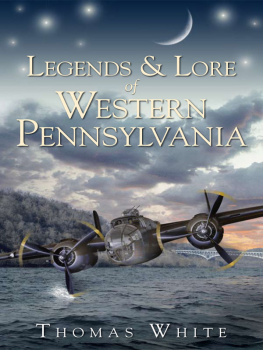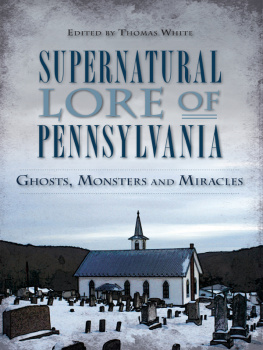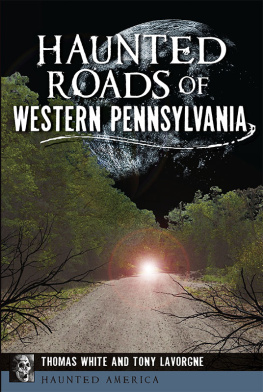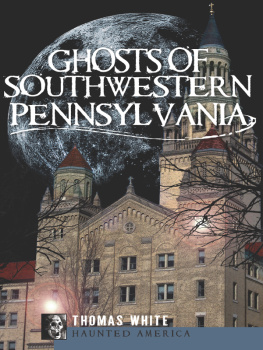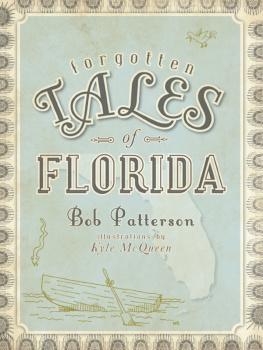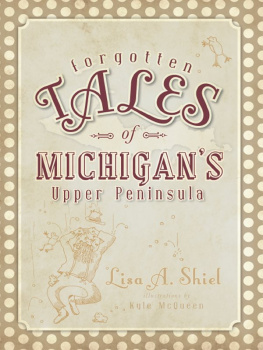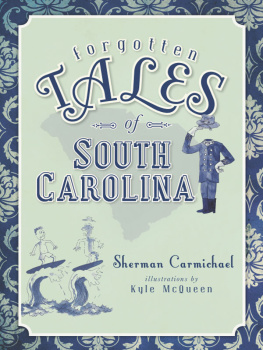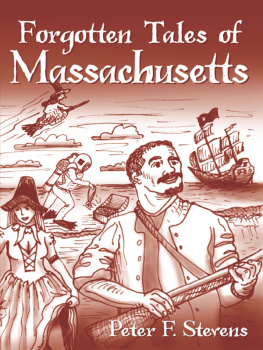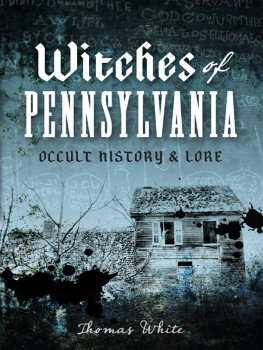
Published by The History Press
Charleston, SC 29403
www.historypress.net
Copyright 2009 by Thomas White
All rights reserved
First published 2009
Second printing 2010
e-book edition 2013
Manufactured in the United States
ISBN 978.1.62584.326.5
Library of Congress Cataloging-in-Publication Data
White, Thomas.
Forgotten tales of Pennsylvania / Thomas White.
p. cm.
print edition ISBN 978-1-59629-812-5
1. Pennsylvania--History--Anecdotes. 2. Pennsylvania--Biography--Anecdotes. 3. Curiosities and wonders--Pennsylvania--Anecdotes. I. Title.
F149.6.W47 2009
974.8--dc22
2009036415
Notice: The information in this book is true and complete to the best of our knowledge. It is offered without guarantee on the part of the author or The History Press. The author and The History Press disclaim all liability in connection with the use of this book.
All rights reserved. No part of this book may be reproduced or transmitted in any form whatsoever without prior written permission from the publisher except in the case of brief quotations embodied in critical articles and reviews.
For Justina, Tommy and Marisa
Acknowledgements
Writing any book is a time-consuming and tedious process. This book was no exception. I would like to take this opportunity to thank the people who helped and supported me while I was working on this project, especially my wife, Justina, and my children, Tommy and Marisa. Also, I want to thank my parents, Tom and Jean, and my brother, Ed, for their support. Elizabeth Williams, Aaron Carson and Paul Demilio were a great help in proofreading this manuscript. Their input and constructive comments were vital. I would also like to thank Hannah Cassilly and the rest of the staff at The History Press for allowing me to write the Pennsylvania volume in their Forgotten Tales series. Many other people made important contributions to this book in one form or another, including Tony Lavorgne, Emily Jack, Kurt Wilson, Ken Whiteleather, Brian Hallam, Vince Grubb, Renee Morgan, Brian Rogers, Brett Cobbey, Jon Halpern, Dan Simkins, Art Louderback, David Grinnell and Bob Stakeley.
Introduction
Sometimes Pennsylvania can be a fascinating state. For over a decade, I have studied the history of the state in a professional capacity in one form or another. As an archivist, curator and professor, I worked with documents and artifacts from the cradle of liberty in the East to the workshop of the world in the West. I have spent countless hours reading books and articles dealing with everything from the French and Indian War to the Cold War in Pennsylvania. But those stories are familiar to many, and that is not what this book is about. This book is about the things that you stumble across when you are researching all of the big events. This book covers the strange stuff. It is about the bizarre anecdotes, trivia, legends and mostly forgotten stories that you do not normally see in a history book; the kind of stories I, and hopefully you, like best.
Writing this book reinforced for me just how interestingand weirdPennsylvanias history is. For example, you probably did not know that there were werewolves and giant snakes in Pennsylvania (at least thats what they tell me) or that there are several lost treasures hidden or buried here. You might be surprised to learn that a Pittsburgh dog once had an obituary in the New York Times, that a gypsy queen is buried in the Shenango Valley or that giant skeletons were excavated in some of the states ancient burial mounds. One day, the midafternoon sky even went black over much of the state.
The tales presented here cover a wide variety of topics, in addition to the ones already mentioned. They include witches, tornados, floods, bandits, explosions, strange animals, legends, unusual people, hoaxes, meteorites, cannibals and the end of the world. I cannot say that I had any strict criteria for a story to be included. It only had to be unusual, relatively unknown to your average person and to have happened in Pennsylvania. A few of these tales may be known in one part of the state and not others. The tales were compiled from a variety of sources, including old newspaper accounts, obscure books and journals, court documents, weather reports, interviews and oral histories. I hope that you enjoy reading these unusual stories because I certainly enjoyed writing about them.
Forgotten Tales of Pennsylvania
A BAD DAY AT THE MCGRATTIN HOUSE
A series of bizarre accidents befell the boardinghouse of Charles McGrattin, located in Rankin, during one twenty-four-hour period in mid-July 1891. The body of twenty-nine-year-old David Bell, one of the boarders, was found in the river one afternoon. He had apparently fallen in and drowned while drunk. Two hours later, a lamp exploded in McGrattins house, burning it to the ground and killing two of his sons, Robert and Charles. The next morning, two other boarders, Harry Rowe and Peter Knee, returned to the burned-out ruins to see if they could retrieve any of their belongings. The remains of the brick chimney collapsed on them, killing Rowe outright and severely injuring Knee. A Dr. Cope was called to the scene, and despite his attempts to save Knee, he ultimately died. On his way home, Dr. Copes horses darted from his buggy, causing it to crash. The doctor was severely injured, and it appeared that his wounds could be fatal. There were no follow-up articles in the newspapers revealing the doctors fate, but given the circumstances, it looks like the odds were against him.
CANNIBALS AT THE HOTEL
When P.T. Barnum brought his traveling act to York County in May 1872, he stayed at the Pennsylvania House Hotel in the city of York. Among his entourage were four genuine cannibals from Fiji. His advertisement described them as the Four Wild Cannibals, Captives of War, lately ransomed from King Thakembau by Mr. Barnum at a cost of $15,000. During their stay, one of the cannibals, who was a dwarf, became ill, refused to eat and could only be heard repeating the word Fiji. Late one evening, when a doctor attempted to give him medicine, he fell backward and died.
The cannibals body was placed in a casket and locked in an adjoining room until burial arrangements could be made. S.S. Smith, who was watching the body, left for less than thirty minutes. When he returned, he discovered that two of the other cannibals had somehow entered the room and were chewing on parts of the dead man. Only the fourth cannibal, a female who had been converted by English missionaries, refrained from feasting on the corpse. The body was buried in the potters field the same evening to prevent further incidents. One local paper, the True Democrat, called the story a hoax perpetrated by Barnum to capitalize on the death of one of his performers.
JUDGE SAVES GOATS FROM FLOOD
During the Great Saint Patricks Day Flood of 1936, much of Pittsburgh and the surrounding neighborhoods were under water. A section of Judge Michael A. Musmannos nearby hometown of McKees Rocks was also flooded. While traversing the area known as the bottoms in a rowboat, the judge heard a noise. It came from a small herd of goats and their owner marooned on a rooftop nearby. The judge rescued the goats and the man in his small boat, making two trips. As a reward, the owner of the goats gave the judge a small white kid. The judge named the kid Bottoms.
GIANT SKELETONS
In 1885, a team of scientists from the Smithsonian excavated an Indian mound near Gasterville. Beneath the mound of earth was a crude stone burial vault. Inside was the skeleton of a seven-foot, two-inch giant. The skeleton was said to still retain some of its long, coarse black hair. On its head was a copper crown or band. Nearby were the remains of several children. All were lying on straw mats and animal hides. The stones that made up the burial vault were inscribed with petroglyphs that could not be deciphered.



